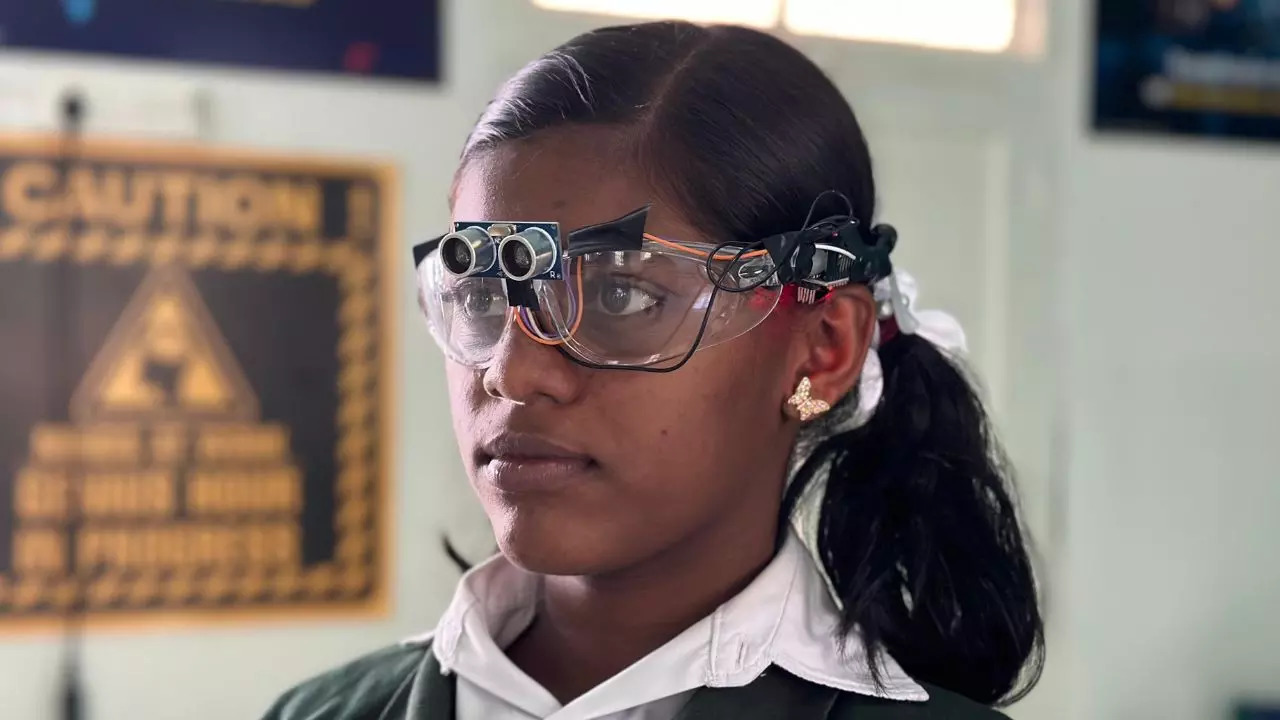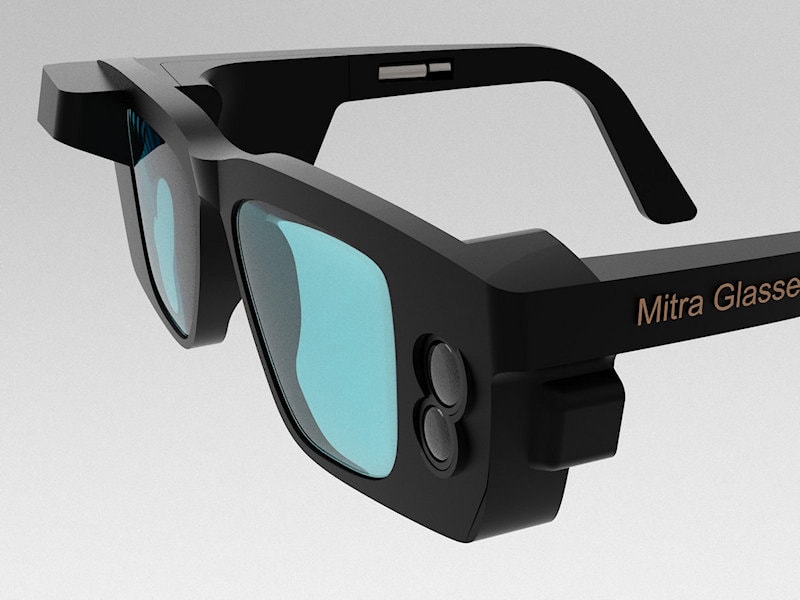Maximizing Efficiency with Screen Readers for the Blind: A Comprehensive Guide
Maximizing Efficiency with Screen Readers for the Blind: A Comprehensive Guide
Blog Article
Ingenious Solutions in Assistive Technology for Visual Impairment
The landscape of assistive innovation for aesthetic disability is developing swiftly, presenting an array of ingenious solutions that boost ease of access and freedom. From innovative smart device applications that help with navigation to wearable devices developed for real-time assistance, these tools are improving the experiences of those with aesthetic impairments.
Innovations in Smartphone Applications
In the last few years, improvements in smartphone applications have actually considerably transformed the landscape of assistive technology for people with visual problems. These applications leverage the powerful sensing units and capacities of contemporary smart devices to supply users with devices that boost self-reliance and access in their lives.
Significant amongst these advancements are applications designed for item acknowledgment, which make use of the smartphone's camera to determine things and give spoken descriptions. Such attributes equip users to navigate their settings better, whether determining items in shops or finding individual valuables in your home. In addition, text-to-speech applications have boosted significantly, enabling individuals to record published message through their tool's camera and get immediate sound comments, therefore helping with reading and understanding.
Community-driven applications have cultivated social interaction and resource sharing amongst individuals with visual impairments, developing an encouraging network that boosts their top quality of life. Generally, smart device applications have ended up being vital allies in advertising freedom and accessibility for people with aesthetic impairments.
Wearable Tools for Navigation
Wearable devices for navigating have arised as a groundbreaking solution for people with aesthetic impairments, using hands-free help that boosts wheelchair and positioning. These tools generally use sophisticated innovations, consisting of GPS, ultrasonic sensors, and artificial intelligence, to provide real-time feedback and instructions to individuals as they navigate their atmosphere.
One remarkable instance of wearable navigating modern technology is smart glasses, which can spot challenges and relay auditory or haptic responses to the user, allowing for effective and secure motion in various setups. Other devices, such as vests and belts furnished with sensing units, can likewise educate individuals of their environments by offering alerts concerning nearby things or changes in terrain.
In addition, numerous wearable gadgets incorporate with smart device applications, enabling users to personalize their navigating choices and receive tailored course tips. This customization can considerably improve the customer experience, encouraging people to travel with better confidence and self-reliance.
As innovation proceeds to develop, the capacity for wearable navigation gadgets to improve the quality of life for people with visual problems continues to be considerable, paving the method for even more accessible and inclusive environments.
Smart Home Technology Combination

Additionally, clever devices geared up with tactile user interfaces or auditory responses give intuitive communications that provide specifically to the needs of those with aesthetic disabilities. Smart fridges can announce their contents and expiration dates, while smart stoves can assist customers with the cooking procedure with audio directions.
Home automation systems, such as wise doorbells and safety and security electronic cameras, offer comfort by permitting users to receive signals and gain access to live feeds via their smart phones, boosting individual safety and security (AI-powered visual aids). In addition, combination with smart devices and tablets guarantees that users can manage their home environment from anywhere within their facilities
As smart home innovation continues to progress, it holds the prospective to change the living experiences of people with visual problems, fostering independence and improving lifestyle in a significantly linked globe.

Educational Devices and Resources
Accessibility to effective educational devices and resources is essential for people with visual disabilities, as it equips them to involve totally in their understanding experiences. Various assistive technologies have actually been created to enhance ease of access and foster independent understanding. Display visitors, for example, convert text right into speech, allowing trainees to access digital material flawlessly. AI-powered visual aids. In addition, refreshable braille screens provide tactile comments, making it less complicated for students to interact with created product.
In addition, instructional software particularly developed for visually impaired users uses features such as click resources high-contrast modes and customizable message dimensions. These tools accommodate varied learning styles and make sure that trainees can customize their educational experience to check my site their needs.
Additionally, access to electronic collections and audio publications increases the series of available understanding materials, allowing students to discover topics detailed without the limitations enforced by standard print sources. Collective systems that include ease of access attributes also assist in group jobs, making certain that visually impaired pupils can add meaningfully together with their peers.
Community Assistance and Interaction
A durable network of community assistance and involvement is important for people with visual impairments, cultivating a comprehensive environment where they can thrive. Community organizations, regional campaigning for teams, and volunteers play a critical duty in providing sources, information, and friendship, which are vital for enhancing the quality of life for those affected by aesthetic disabilities.
Interaction activities such as workshops, get-togethers, and support system not just assist in skill growth but additionally advertise social interaction, reducing feelings of isolation. These efforts motivate individuals to share difficulties, experiences, and successes, thereby strengthening neighborhood bonds. Furthermore, collaborations with local organizations can cause greater accessibility in public areas, even more incorporating people with aesthetic problems into the neighborhood.
Innovation likewise boosts community involvement through on-line systems that supply digital support teams and sources, allowing people to connect despite geographical barriers. By utilizing both in-person and digital services, communities can produce an extensive support network. Eventually, cultivating cooperation among different stakeholders-- including families, educators, and healthcare professionals-- guarantees that individuals with aesthetic problems receive the all natural assistance required to browse daily life effectively and with dignity.
Final Thought
Ingenious solutions in assistive innovation for visual impairment dramatically enhance the quality of life for people facing these difficulties. The combination of smartphone applications, wearable gadgets, smart home modern technology, and academic devices fosters higher independence and access.
The landscape of assistive technology for visual disability is advancing rapidly, offering a variety of innovative solutions that enhance availability and self-reliance. Community-driven applications have fostered social interaction and resource what can optometrists diagnose sharing amongst individuals with visual impairments, creating an encouraging network that boosts their quality of life. Generally, mobile phone applications have come to be crucial allies in advertising autonomy and access for individuals with visual impairments.
Numerous individuals with aesthetic problems are locating higher autonomy via the combination of clever home innovation.Ingenious solutions in assistive modern technology for visual disability considerably boost the quality of life for people dealing with these obstacles.
Report this page